Filter by
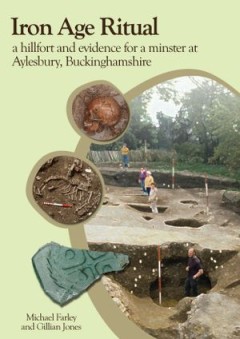
Iron Age Ritual A hillfort and evidence for a minster at Aylesbury, Buckingh…
The excavation of an area within the grounds of the Prebendal, Aylesbury, Buckinghamshire, adjacent to the parish church of St Mary's, showed that the town, which lies on a slight spur, is sited within a univallate Iron Age hillfort. Early-Middle Iron Age activity included the creation of a notable ritual area contaning the burials of four children and a young woman, most accompanied by animals…
- Edition
- -
- ISBN/ISSN
- 9781789256536
- Collation
- -
- Series Title
- -
- Call Number
- -
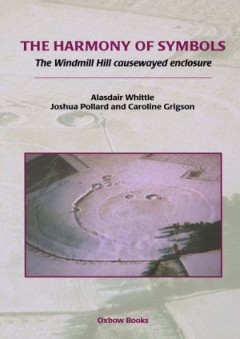
The Harmony of Symbols
Three circuits of ditches comprise the Windmill Hill enclosure, which was re-examined in 1988 as part of wider research into the area's Neolithic sequence and environment, and the context in which monuments were built, used and abandoned. Detailed results are set out by category and theme, and abundant environmental evidence is presented covering soils, land snails, plant remains, charcoals, po…
- Edition
- -
- ISBN/ISSN
- 9781789256482
- Collation
- -
- Series Title
- -
- Call Number
- -
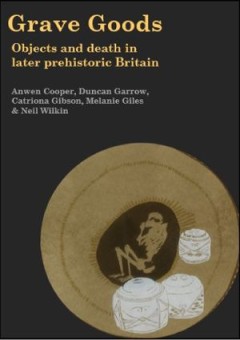
Grave Goods Objects and Death in Later Prehistoric Britain
Britain is internationally renowned for the high quality and exquisite crafting of its later prehistoric grave goods (c. 4000 BC to AD 43). Many of prehistoric Britain's most impressive artefacts have come from graves. Interred with both inhumations and cremations, they provide some of the most durable and well-preserved insights into personal identity and the prehistoric life-course, yet they …
- Edition
- -
- ISBN/ISSN
- 9781789257489
- Collation
- -
- Series Title
- -
- Call Number
- -

Fiskerton Iron Age Timber Causeway with Iron Age and Roman Votive Offerings
Fiskerton, located in the Witham valley of Lincoln, is one of only a handful of excavated sites in Europe to reveal the Iron Age practice of ritually destroying special and elite objects by placing them in a body of water. This volume reports on the 1981 excavations on the bank of the River Witham and provides fascinating insights into this important aspect of Iron Age religion and culture. A r…
- Edition
- -
- ISBN/ISSN
- 9781789256499
- Collation
- -
- Series Title
- -
- Call Number
- -
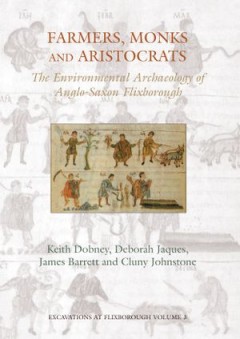
Farmers, Monks and Aristocrats The environmental archaeology of Anglo-Saxon …
The environmental archaeological evidence from the site of Flixborough (in particular the animal bone assemblage) provides a series of unique insights into Anglo-Saxon life in England during the 8th to 10th centuries. The research reveals detailed evidence for the local and regional environment, many aspects of the local and regional agricultural economy, changing resource exploitation strategi…
- Edition
- -
- ISBN/ISSN
- 9781782974864
- Collation
- -
- Series Title
- -
- Call Number
- -
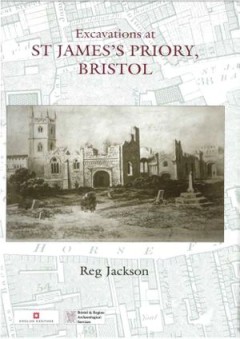
Excavations at St James's Priory, Bristol
The Benedictine Priory of St James was established just outside the medieval city of Bristol in 1129AD. Two areas were excavated: Site 1 to the east of the Priory church, and Site 2 to the west. The Priory was largely destroyed during the Dissolution of 1540, but the area around Site 1 remained in use during the 17th and 18th centuries as housing was built there. Site 2 was in use from the late…
- Edition
- -
- ISBN/ISSN
- 9781789254419
- Collation
- -
- Series Title
- -
- Call Number
- -
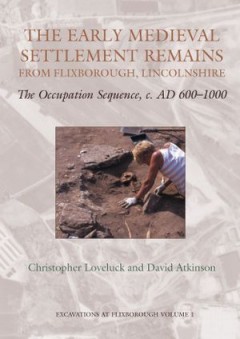
The Early Medieval Settlement Remains from Flixborough, Lincolnshire The Occ…
Volume 1 focuses on the occupation sequence, looking at the structural and stratigraphical evidence from the site, and interpreting the changing use of the site during its lengthy occupation. This interpretation of the occupation sequence forms the basis for all thematic discussions in Volumes 3 and 4. It also examines the evidence for burials at the site, and places this into the wider context…
- Edition
- -
- ISBN/ISSN
- 9781782975632
- Collation
- -
- Series Title
- -
- Call Number
- -
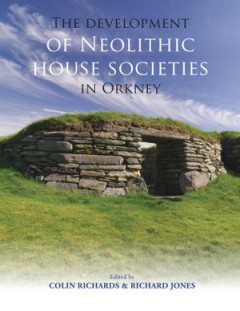
The Development of Neolithic House Societies in Orkney
Considering that Orkney is a group of relatively small islands lying off the northeast coast of the Scottish mainland, its wealth of Neolithic archaeology is truly extraordinary. An assortment of houses, chambered cairns, stone circles, standing stones and passage graves provides an unusually comprehensive range of archaeological and architectural contexts. Yet, in the early 1990s, there was a …
- Edition
- -
- ISBN/ISSN
- 9781914427091
- Collation
- -
- Series Title
- -
- Call Number
- -
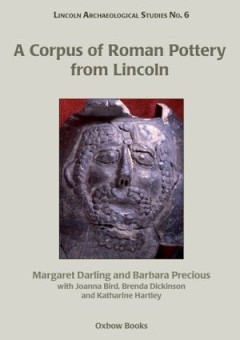
A Corpus of Roman Pottery from Lincoln
This is the first major analysis of the Roman pottery from excavations in Lincoln (comprising more than 150,000 sherds). The pottery is presented in seven major ware groups. Fine wares include a modest range of imports and are dominated by Nene Valley products. Oxidised wares are mostly local products with a few imports as are the shell- and calcite-tempered wares and reduced wares. The final t…
- Edition
- -
- ISBN/ISSN
- 9781789256567
- Collation
- -
- Series Title
- -
- Call Number
- -
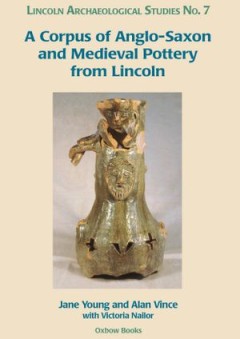
A Corpus of Anglo-Saxon and Medieval Pottery from Lincoln
This volume reports on the Anglo-Saxon and Medieval pottery found during various archaeological excavations in the city from 1970 until 1987. The authors present a city-wide pottery classification system and analyse the sequence of pottery types through time and at numerous sites. They make extensive use of petrological analysis, including the study of over 600 thin-sections. These have been us…
- Edition
- -
- ISBN/ISSN
- 9781782978893
- Collation
- -
- Series Title
- -
- Call Number
- -
 Computer Science, Information & General Works
Computer Science, Information & General Works  Philosophy & Psychology
Philosophy & Psychology  Religion
Religion  Social Sciences
Social Sciences  Language
Language  Pure Science
Pure Science  Applied Sciences
Applied Sciences  Art & Recreation
Art & Recreation  Literature
Literature  History & Geography
History & Geography